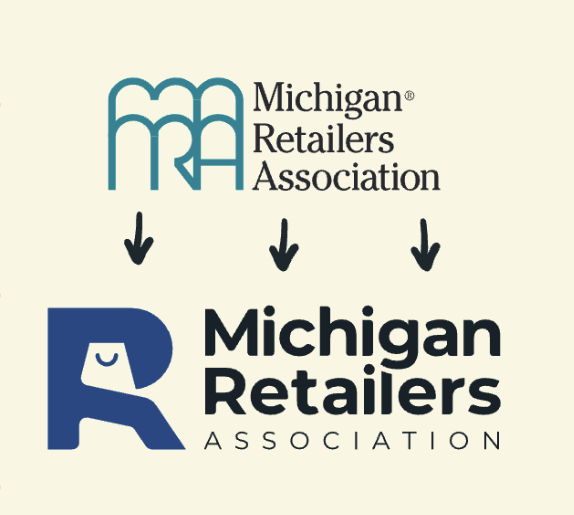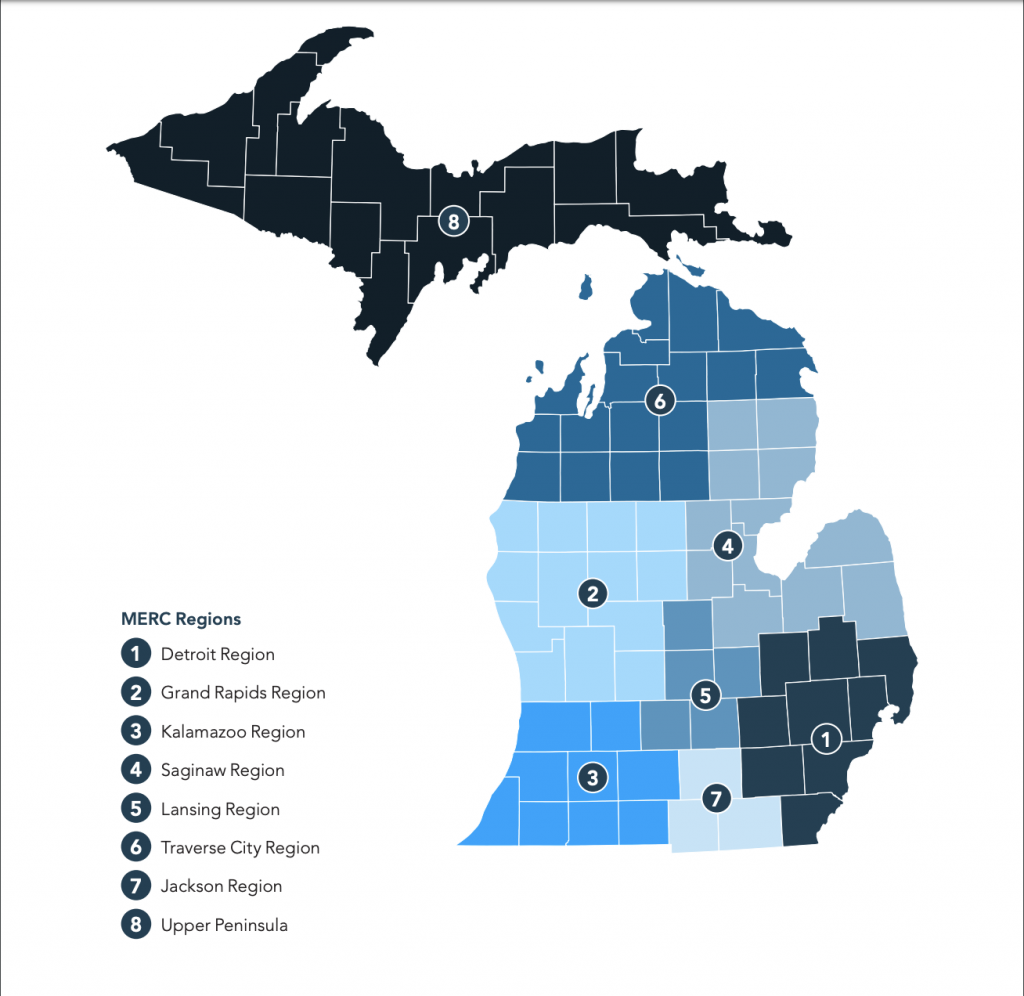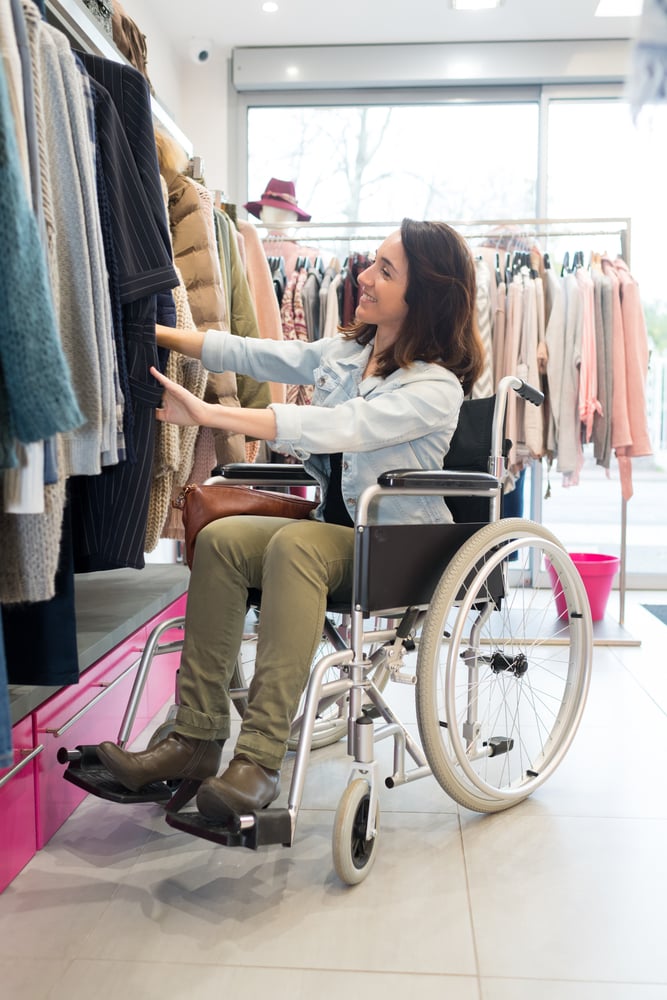Gov. Gretchen Whitmer announced today that retailers, restaurants and bars located in the Upper Peninsula and northern Lower Michigan (regions 6 and 8 as designated in the MI Safe Start Plan – see page 3) can open their doors Friday to customers if they observe similar safeguards that grocery, hardware and pharmacy retailers are currently following.
These restrictions include employee training on sanitization and social distancing, social distancing signs and markers, establishing lines and barriers where necessary. The news comes as part of the latest revision of the Safer at Home Order (Executive Order 2020-92) announced earlier this afternoon by Gov. Whitmer.
Retailers in the following counties are allowed to reopen:
Region 6: Alpena, Antrim, Benzie, Charlevoix, Cheboygan, Crawford, Emmet, Grand Traverse, Kalkaska, Leelenau, Manistee, Missaukee, Montmorency, Otsego, Presque Isle, Roscommon, Wexford
Region 8: Alger, Baraga, Chippewa, Delta, Dickinson, Gogebic, Houghton, Iron, Keweenaw, Luce, Mackinac, Marquette, Menominee, Ontonagon, Schoolcraft
“This is a great first step,” said Michigan Retailers Association President and CEO Bill Hallan. “We appreciate that the governor has used a regional approach, as we suggested, to open retail in some areas of the state before the Memorial Day weekend. But many retailers who aren’t yet allowed to open are struggling to stay in business.
“Employers want to reopen safely and responsibly and are already prepared to follow the worker safety requirements that the Governor outlined. We strongly hope retailers in southern and mid-Michigan can reopen soon, and we’ll continue working with the Governor’s office to make that happen.”
- Create communications material for customers (e.g., signs or pamphlets) to inform them of changes to store practices and to explain the precautions the store is taking to prevent infection.
- Establish lines to regulate entry in accordance with capacity limits noted below, with markings for patrons to enable them to stand at least six feet apart from one another while waiting. Stores should also explore alternatives to lines, including by allowing customers to wait in their cars for a text message or phone call, to enable social distancing and to accommodate seniors and those with disabilities.
- Adhere to the following restrictions:
- For stores of less than 50,000 square feet of customer floor space, must limit the number of people in the store (including employees) to 25% of the total occupancy limits established by the State Fire Marshal or a local fire marshal.
- Stores of more than 50,000 square feet must:
- Limit the number of customers in the store at one time (excluding employees) to 4 people per 1,000 square feet of customer floor space.
- Create at least two hours per week of dedicated shopping time for vulnerable populations, which for purposes of this order are people over 60, pregnant women, and those with chronic conditions like heart disease, diabetes, and lung disease.
- The director of the Department of Health and Human Services is authorized to issue an emergency order varying the capacity limits described in this subsection as necessary to protect the public health.
- Post signs at store entrance(s) instructing customers of their legal obligation to wear a face covering when inside the store.
- Post signs at store entrance(s) informing customers not to enter if they are or have recently been sick.
- Design spaces and store activities in a manner that encourages employees and customers to maintain six feet of distance from one another.
- Install physical barriers at checkout or other service points that require interaction, including plexiglass barriers, tape markers, or tables, as appropriate.
- Establish an enhanced cleaning and sanitizing protocol for high-touch areas like restrooms, credit-card machines, keypads, counters, shopping carts, and other surfaces.
- Train employees on:
- Appropriate cleaning procedures, including training for cashiers on cleaning between customers.
- How to manage symptomatic customers upon entry or in the store.
- Notify employees if the employer learns that an individual (including a customer or supplier) with a confirmed case of COVID-19 has visited the store.
- Limit staffing to the minimum number necessary to operate.
There are additional requirements for all businesses that are open laid out in E.O. 2020-91 in section one on pages 2-4. This includes providing masks to all employees, developing a COVID-19 preparedness and response plan, require face coverings when employees and customers cannot maintain six feet of distance, designating supervisors to monitor compliance at all times and increasing facility cleaning standards.






